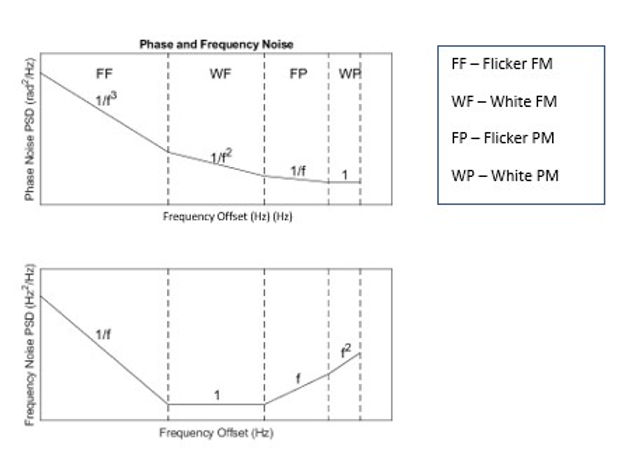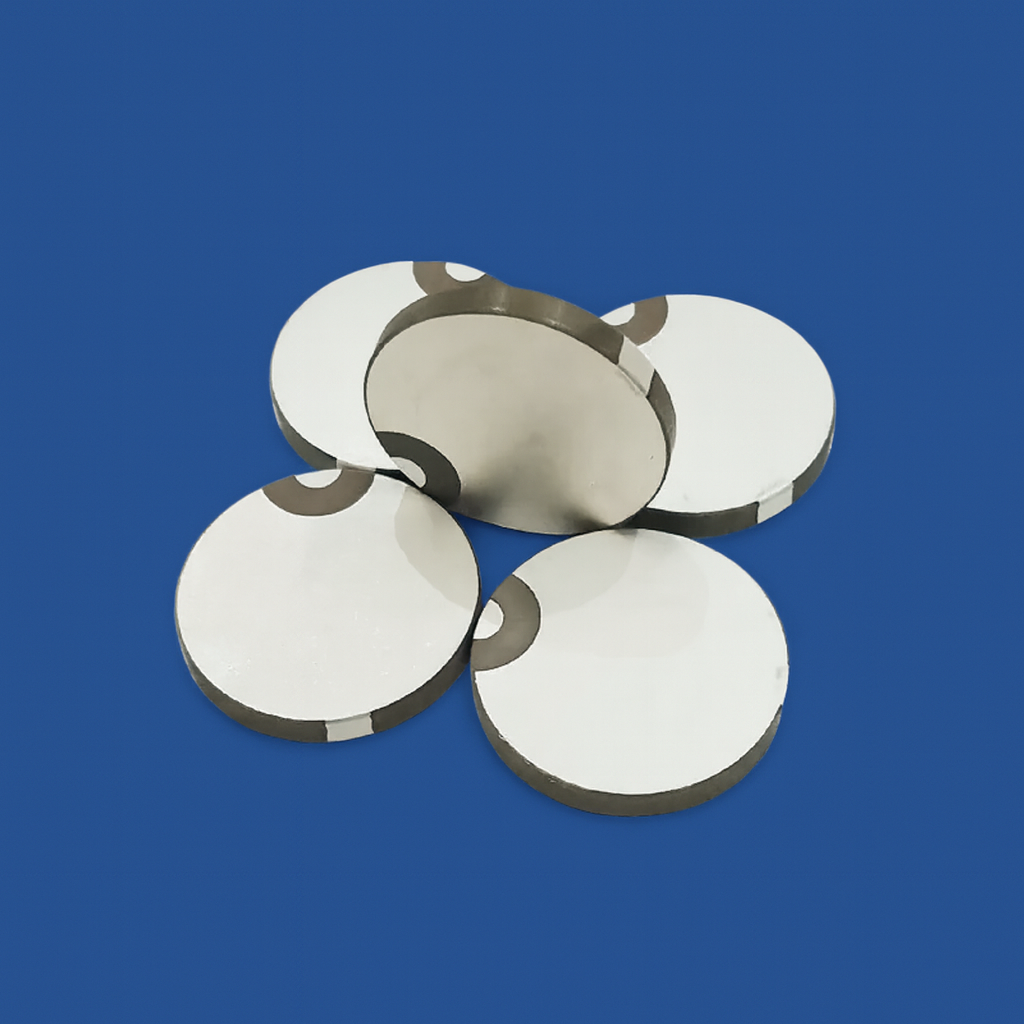Laser Linewidth

Laser Noise
The laser is, fundamentally speaking, an oscillator and there is a large volume of work in the literature dealing with oscillator noise. In particular, the noise of electronic oscillators, on which the original concepts of laser noise were founded [1], is by now on a firm theoretical foundation, and is universally expressed as power spectral density of noise fluctuations.
This picture has the merit that the influence of noise for a given application can be readily determined. It also has the important advantage of providing clear insight into major sources contributing to the noise of the oscillator, including sources of technical noise.
By contrast, expression of noise in the laser community has not, as yet, found a universally used parameter. Often, laser noise is referred to as “linewidth”, power spectral density of frequency fluctuations, and power spectral density of phase fluctuations, parameters that are referred to almost interchangeably.
- What is laser noise?
The direct correspondence between the noise and the linewidth in an ideal oscillator was first introduced by Schawlow and Townes [1]. Identification of a linewidth of a laser characterized with a pure white frequency noise spectrum (1/f0) was extended in later works [2, 3].
The case of the flickering and drifting lasers is not so trivial. To describe spectral purity of such a laser a frequency spectrum is often utilized. An instantaneous linewidth is introduced for the laser using a white frequency noise portion of the laser spectrum. The instantaneous linewidth is usually given with the time scale corresponding to the center of the white noise spectral part.
This parameter does not carry any information on the laser noise at regions of 1/f of the frequency spectrum.
- What is spectral purity?
Spectral purity is a feature that sets lasers apart from other light sources. The idealized laser emits light at a single “delta function” frequency. Of course, this idealized picture is not practically realized, and all lasers are characterized with spectral noise.
The level of noise has a significant impact in applications where fluctuations of frequency and phase are detrimental to achievable performance. These include such well known examples as the LIGO interferometer and atomic clocks, as well as more common examples such as fiber sensors, LiDAR, spectroscopy, and coherent communications, among many others.
- Impact of Laser Noise on Advanced Applications
The emergence of applications such as advanced optical atomic clocks and high throughput optical communications channels have placed a renewed focus on laser spectral noise, requiring a more detailed understanding of both the impact of laser noise and its description.
It was shown that the channel capacity of a coherent optical communication system is limited by the flicker noise (1/fa, with a in the range of 1 to 4) of the laser local oscillator [2]. In advanced atomic clocks, the flicker noise of the laser locked to the optical clock transition ultimately limits the achievable stability and impacts the achievable accuracy in clock comparison.
- Laser Noise and Photonic Integrated Circuits
On the side of emerging technologies for the development of low noise lasers, advances in photonic integrated circuits (PIC) have been successful in transitioning the approach of microresonator-based self-injection locked (SIL) semiconductor lasers to on-chip fabrication. This approach, originally introduced by OEwaves [3], currently holds the record low noise for compact external cavity stabilized semiconductor lasers.
With this backdrop, the aim is to first revisit the concept of laser noise and establish the advantage of description of noise as power spectral density of phase or frequency fluctuation, followed by a discussion of possible ways of identification of a SIL laser integral linewidth improvement using frequency noise data.
- Integral Linewidth
The integral linewidth that depends on the entire frequency noise spectrum of a realistic laser is not well defined. This problem did not attract as much attention until recently, when usage of external high finesse microcavities resulted in a significant improvement of the laser noise and the low noise lasers became broadly available.
Researchers wished to determine if a unique single number can be introduced to characterize the quality of a laser system. A few techniques for calculation of the integral laser linewidth using the frequency noise spectrum were proposed [4–9], culminating in a simple geometrical description of the relation between laser frequency noise and laser line shape, called b-separation line approach [10].
- Limitations when measuring laser noise
The picture of the laser noise as described by linewidth and integrated linewidth are incomplete in that they provide a single value and leave out important information: What are the dominant noise sources of the laser for a given application, and what are their possible sources.
- Power spectrum measurements
Describing the noise with a power spectrum is widely used for electronic oscillator characterization. This is because there is a well-established correspondence between the value of the exponent a (in 1/fa) and the source of laser noise. For example, in the phase noise spectrum, the flicker of frequency has a slope of 2 (see figure below) and slopes larger than 2 reflect the influence of other sources of noise including the environmental perturbations such as vibration and thermal drift. The white noise (α = 0) region reflects the thermal noise of the oscillator or shot noise of the laser, and absent other effects, it varies with the power output. This greatly informs which part of the oscillator or laser noise spectrum must be suppressed or reduced to serve a given application; and on what environmental or physical parameter a program for suppressing this noise should focus on.
In the case of the laser, the flicker noise level can mask the shot noise level by the influence of the laser intensity noise (RIN) that, when large enough, can exceed the shot noise through phase-to-amplitude conversion at the photodetector. Thus, in applications such as optical communication, where shot noise limit is typically assumed, the power spectral density of phase noise can inform the presence of high frequency RIN sets the actual limit.
In electronic oscillator, the power spectral density of the phase noise can be readily obtained with the use of electronic spectrum analyzer. For the case of oscillators having superior low phase noise, systems such as OEwaves OE8000 may be employed. In both these cases the output of the oscillator is introduced to the measuring system which outputs the graph of the power spectral density (PSD) of the phase noise of the oscillator.
This same approach can also be used in obtaining the PSD for a laser, if two similar lasers are available. By introducing the output of the lasers to a fast photodiode, a beat signal with a frequency equal to the difference of the frequency of the two lasers can be generated. This beat frequency, at the RF level, will have the same noise as the higher of the two lasers. If the two lasers have identical noise, then the beat frequency will have 3 dB higher noise than each laser.
For the case of the laser, the PSD can be directly measured with OEwaves’ OE 4000 Optical Phase Noise Test and Measurement system (OPNTS). This is a capability that allows testing a single laser’s noise performance. While the best description of the laser spectral noise can be obtained with the spectral density of phase noise the PSD of the laser frequency noise is also often used in the laser community. OE4000 provides this information, as well, together with the integrated laser linewidth.

- Self-injection Locking
Self-injection locking of a semiconductor laser to a whispering gallery mode (WGM) resonator was first demonstrated at OEwaves and patented for WGM and other micro-resonators by OEwaves in 2010. Since then, the technique has been widely adopted for reduction of noise of semiconductor lasers locked to ring resonators on a chip.
The phenomenon of SIL allows improving spectral purity of a laser without usage of fast electronic loops and significant increase of the size of the system. The locking becomes possible due to a passive linear resonant feedback to the laser from a high quality factor (Q-factor) optical cavity. Integrated monolithic optical cavities are frequently utilized for this purpose and the feedback usually results from the linear resonant Rayleigh scattering (RRS) regularly present in solid state optical materials.
References:
[1]. A. L. Schawlow and C. H. Townes, “Infrared and optical masers,” Phys.Rev., vol. 112, no. 6, pp. 1940–1949, Dec. 1958.
[2]. Aditya Kakkar, Jaime Rodrigo Navarro, Richard Schatz, Xiaodan Pang, Oskars Ozolins, Aleksejs Udalcovs, Hadrien Louchet, Sergei Popov and Gunnar Jacobsen, “Laser Frequency Noise in Coherent Optical Systems: Spectral Regimes and Impairments,” Sci Rep 7, 844 (2017).
[3]. W. Liang, V. S. Ilchenko, A. A. Savchenkov, A. B. Matsko, D. Seidel, and L. Maleki, ”Whispering-gallery-mode resonator-based ultra-narrow linewidth external cavity semiconductor laser,” Opt. Lett., 16,2822(2010).
%20(1).png)

%20(3).jpg)
%20(1).jpg)
.png)

